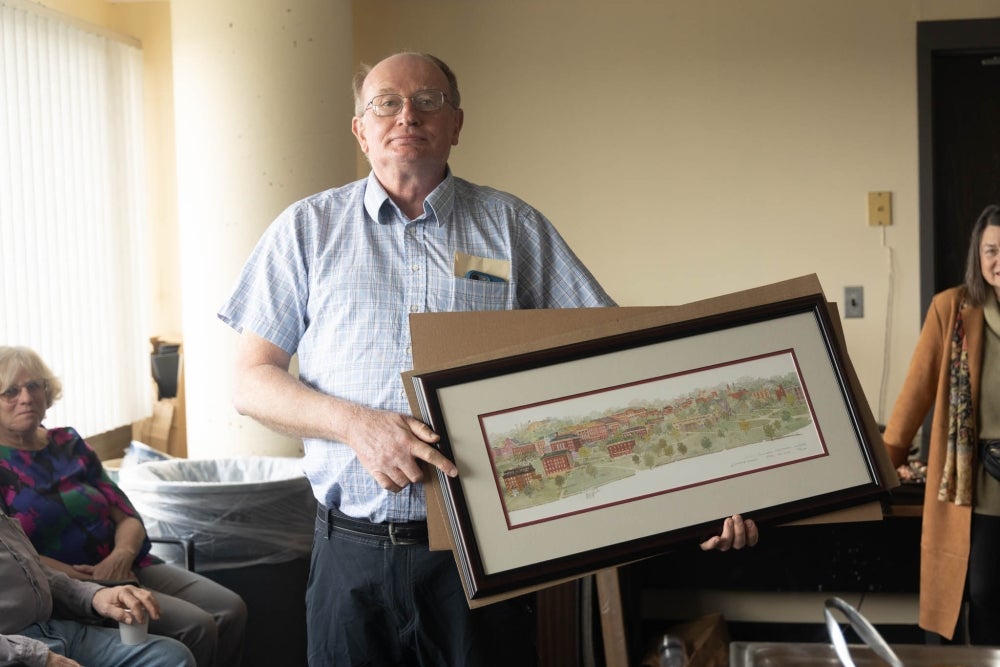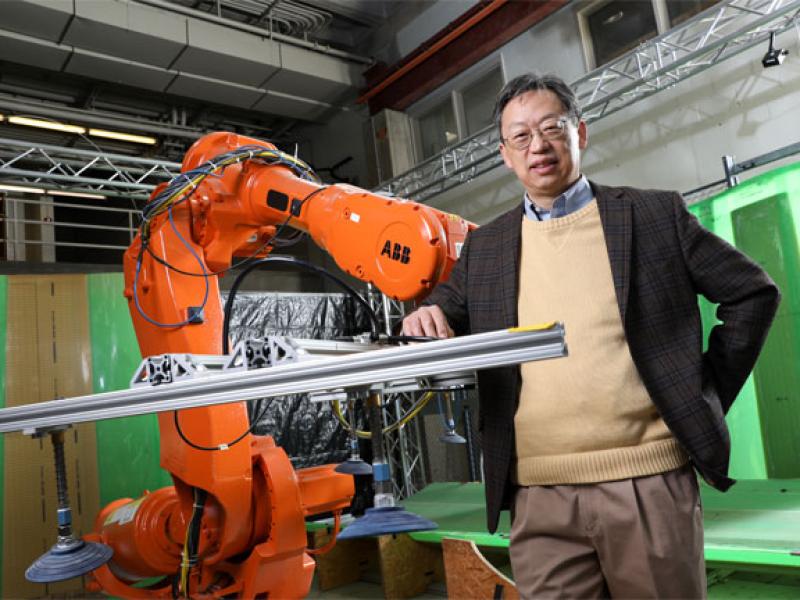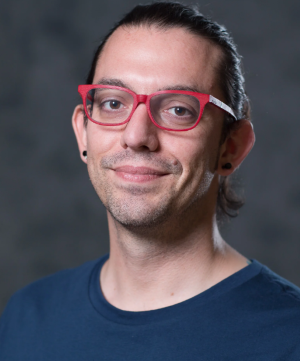News
ECSE B.S., M.S. and Ph.D. graduates from August 2022, December 2022 and May 2023 gathered with their families, friends, faculty and staff to celebrate their graduation! Over lunch, graduates were honored, as were departmental award winners and students who completed Focus Areas.
To watch a recording of the event, click here.
To see the slides, including the names of the graduating students, click here.
On April 20, 2023, WAMC featured ECSE's Mercer XLab, highlighting the teaching innovation possible in the space. The piece featured quotes from the XLab's director, ECSE Prof. Shayla Sawyer, ECSE Alum Doug Mercer, RPI President Maty Schmidt and 2 RPI students, including ECSE senior Daegen Fuss.
To listen to or read the feature, see here.
To learn more about the Mercer XLab, visit their website.
Prof. Paul Schoch has officially retired on December 31, 2022, after 32 years of service. The department held a retirement party for Prof. Schoch on December 12, 2022.
After 45 years of service to our department, the university and our students, a retirement reception was held for Randolph on March 29, 2023. Faculty, staff and former students came together to share stories and memories of Prof. Franklin and his impact on the ECSE community.
The U.S. Department of Energy’s (DOE's) Office of Electricity (OE) announced the nine Phase 1 winners of the inaugural American-Made Digitizing Utilities Prize, including the RPI team the Red Hawks.
Rensselaer Polytechnic Institute (RPI) and GlobalFoundries (Nasdaq: GFS) (GF) launched a new higher education course to help address semiconductor industry education and workforce development needs. The course, Topics in Microelectronics Manufacturing, is targeted toward advanced undergraduates and early graduate students and has already attracted high enrollment.
On Wednesday, April 12, 2023 from 12:15 PM - 1:15 PM, ECSE Prof.











